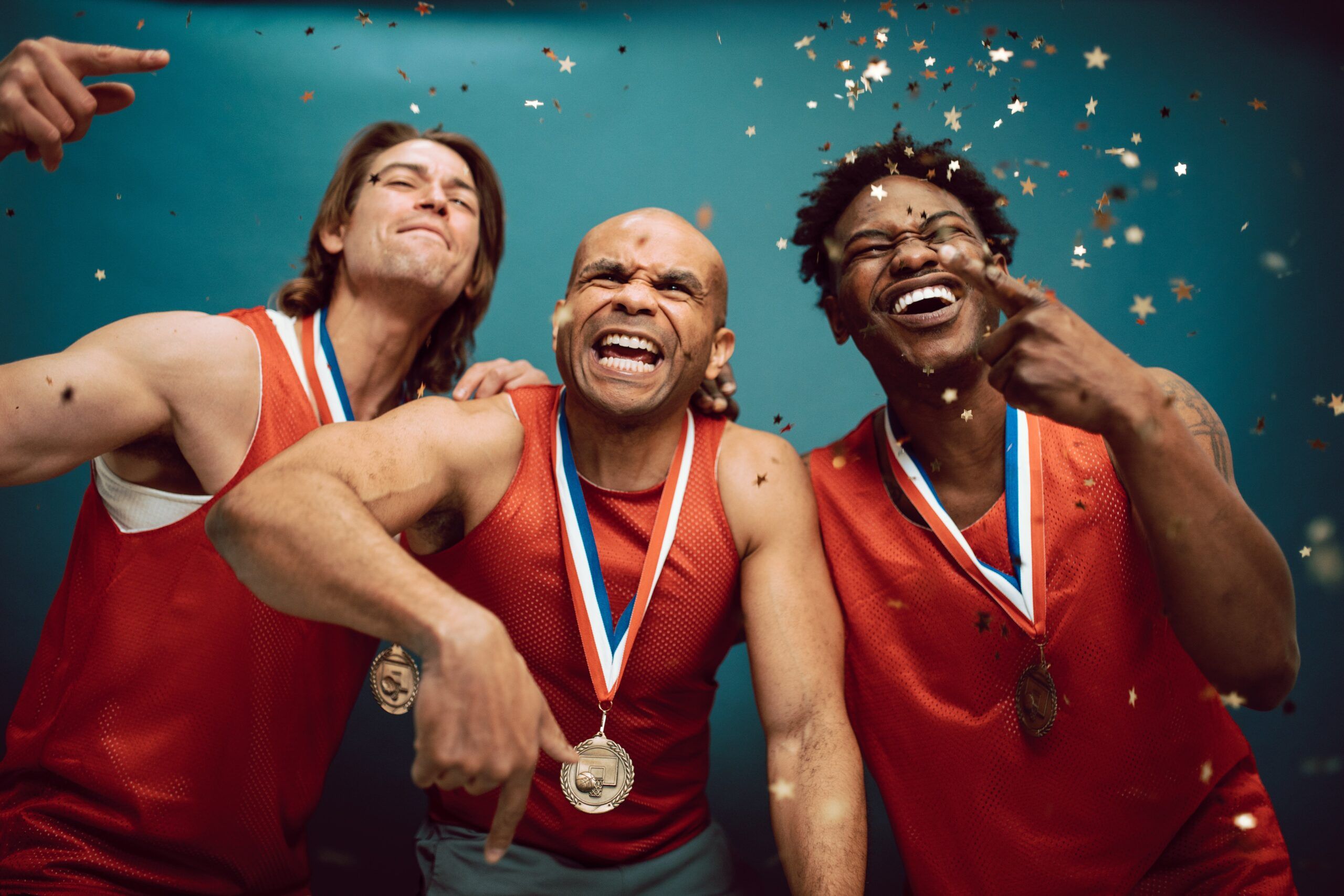Opinion
Diversity in Sports: The Impact of Representation and Inclusion on Athletes

In recent weeks, notable achievements have been made in the realm of sports, sparking discussions on diversity and inclusion. The NHL appointed its first female coach, a transgender athlete shined in track and field, and Team USA‘s gymnastics team showcased racial and ethnic diversity. These accomplishments, while commendable, underscore the continued underrepresentation and barriers faced by marginalized groups in the sporting world.
While some diversity groups have made strides in certain sports, disparities still exist. The NFL, NBA, and WNBA have a significant presence of Black players, yet coaching roles lack diversity. Individual sports like tennis, archery, and ice skating remain predominantly white and elitist. Women’s basketball has seen progress, but stark disparities between men’s and women’s leagues persist, especially at the professional level.
It is noteworthy that after 128 years of existence, the upcoming Olympics will see equal female participation, signaling a slow but crucial shift towards inclusivity in sports.
Media coverage plays a pivotal role in shaping perceptions of athletes. Women athletes often face objectification and scrutiny of their appearance in sports media, overshadowing their athletic prowess. Furthermore, racial biases in sports commentary are evident, with disparities in coverage and treatment of athletes based on their ethnicity.
The lack of representation in sports not only perpetuates cultural biases but also has tangible consequences. The pay gap in sports, particularly in broadcasting income, is exacerbated by the limited airtime dedicated to women’s sports. This disproportion in coverage extends to youth involvement, where financial barriers and lack of representation deter marginalized groups from pursuing sports.
Representation in sports serves as a powerful tool for empowerment and validation. For marginalized youth, seeing athletes who mirror their identities fosters self-esteem and a sense of belonging. Moreover, exposure to diverse athletes challenges stereotypes and promotes empathy and inclusivity in society at large.
While representation is a crucial step towards inclusion, tokenism must be avoided. True inclusion in sports requires structural changes in recruitment, hiring practices, and media coverage to amplify the voices of diverse athletes. Embracing and celebrating athletes’ differences can lead to enhanced creativity, performance, and overall well-being in sports.












